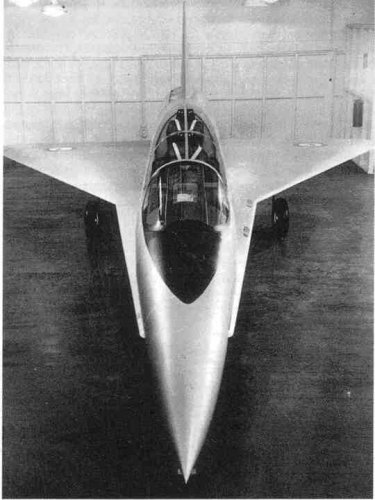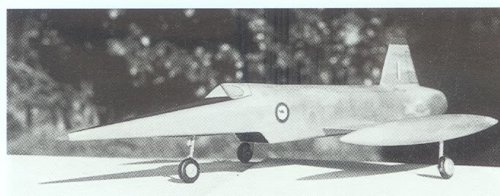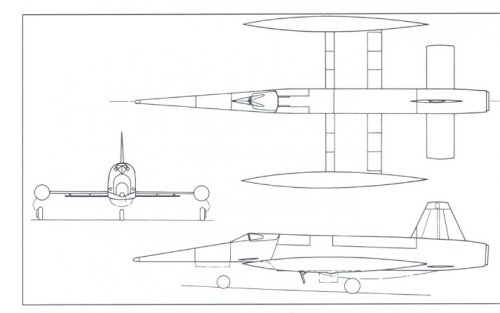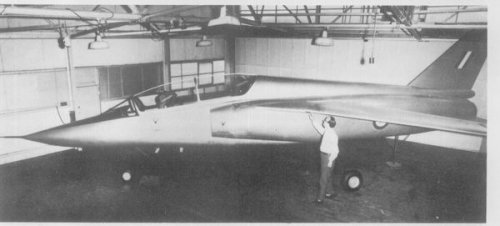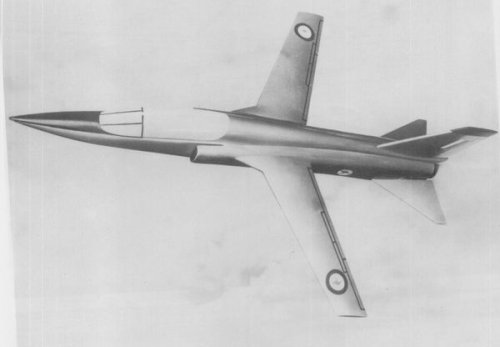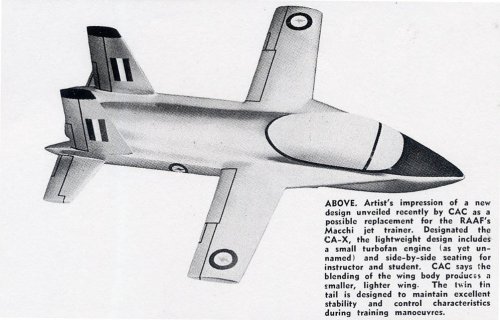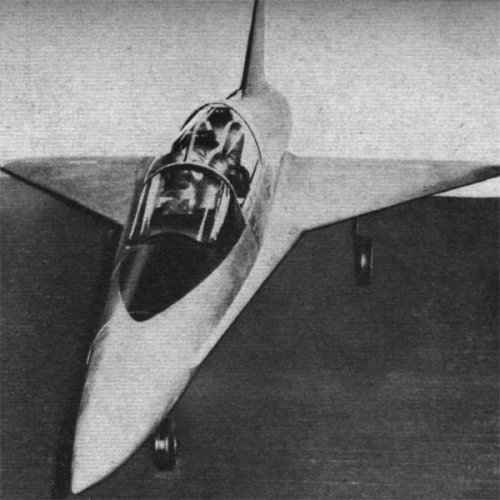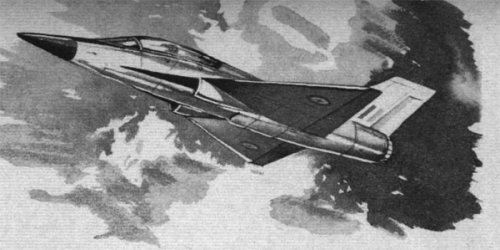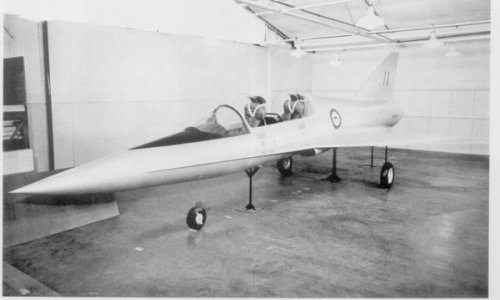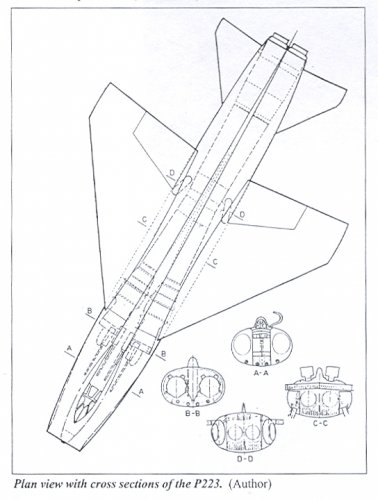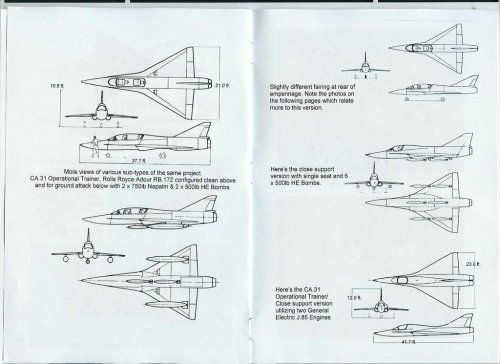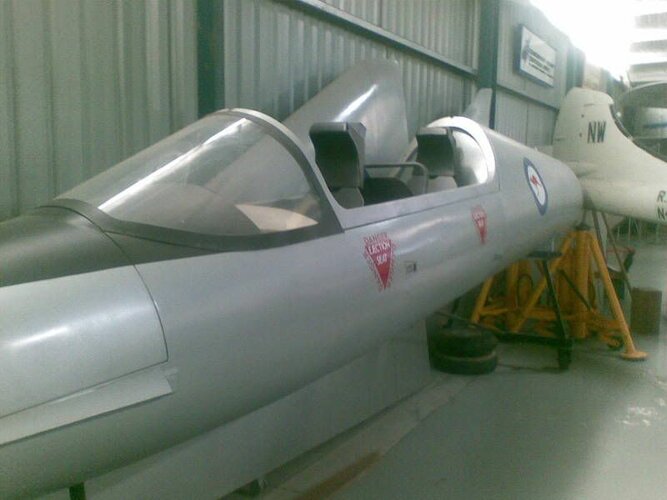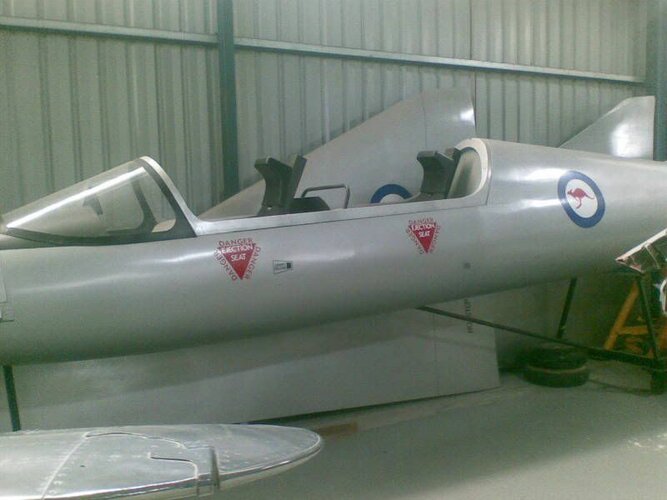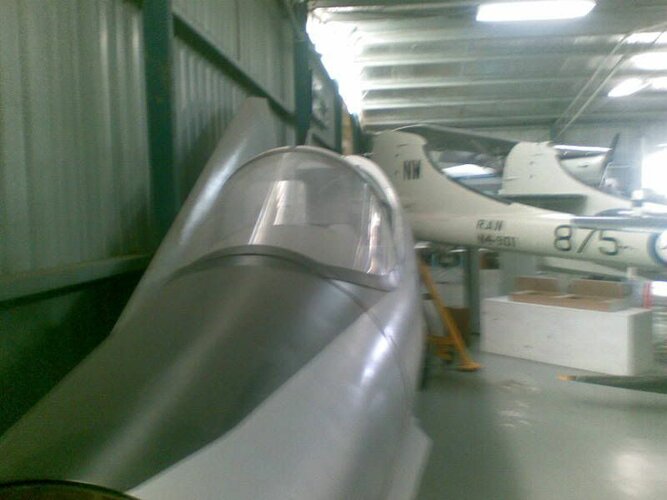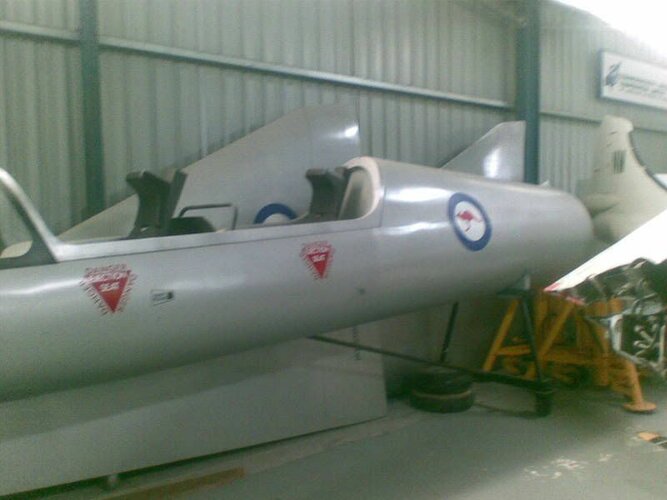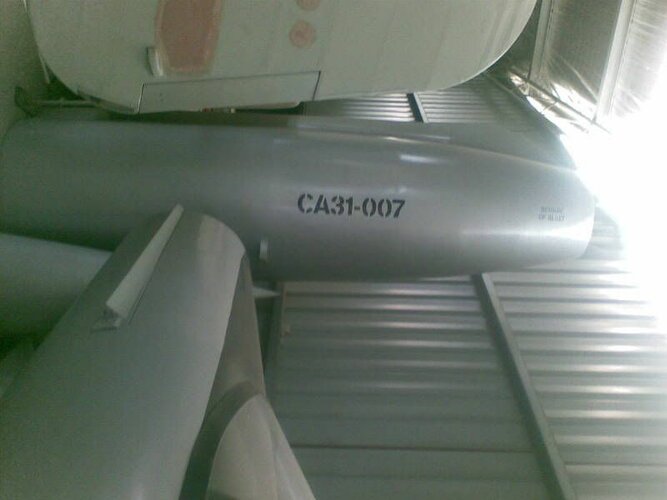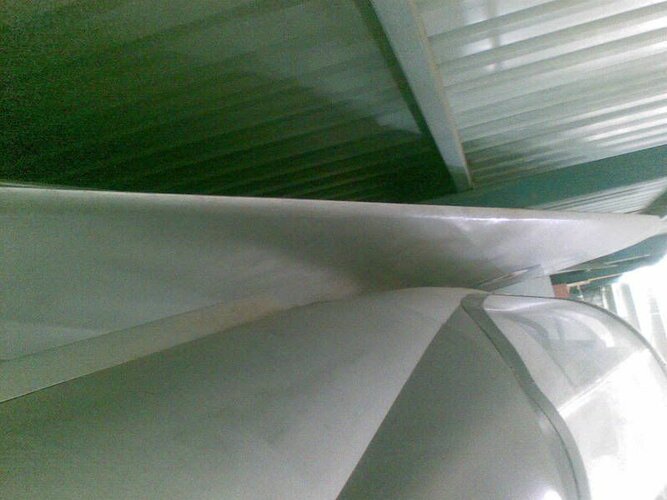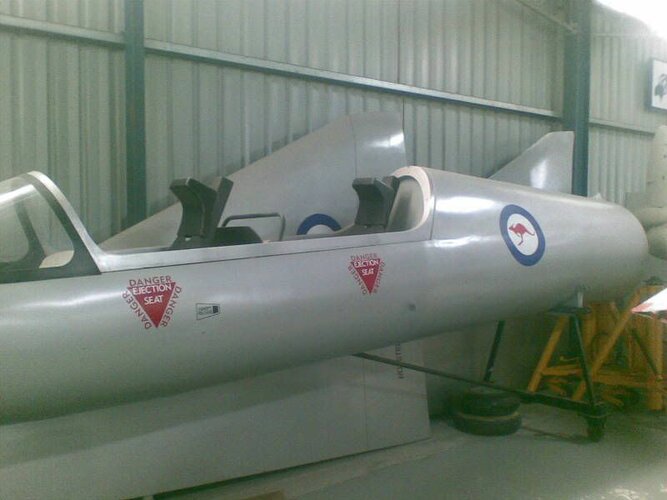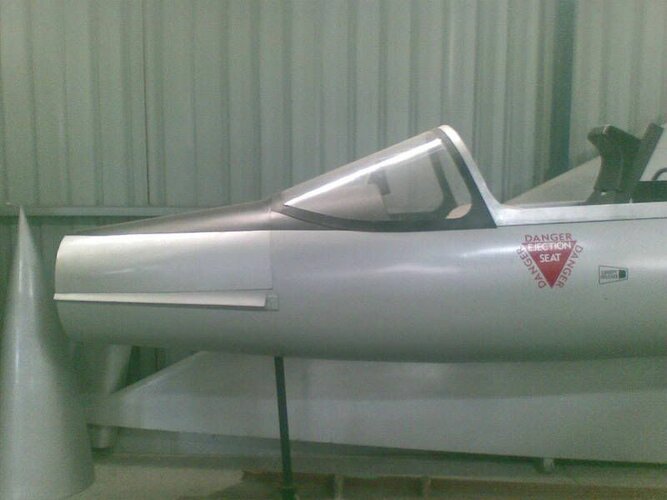PROGRESS WITH THE CA-31
ADVANCED-TRAINER PROJECTS make news these days and reflect the importance of offering sufficient performance to simulate as many as possible of the characteristics of the type of aircraft which the pupil pilot will eventually fly. Last week we described the Dornier Do P375 universal trainer; this week we illustrate a mock-up of the Commonwealth Aircraft Corporation Pty CA-31 operational trainer, proposals for which were submitted to the Australian Government last winter.
Forward planning by the Commonwealth Department of Air—as shown by its acquisition of the Mirage IIIO and, soon, the F-111C- indicated the need for a supersonic two-seater as a logical follow-on to the Macchi MB.326H which will be used for the primary training programme (the first Australian-built MB.326s will fly next year). While, therefore, the Department of Air was evaluating a number of aircraft already built and projected, the CAF drew up a specification for the CA-31. This trainer is probably unique in having a delta wing, most existing delta trainers having been developed from existing operational aircraft. The design is clearly aimed at providing delta-wing training for the Mirage, notwithstanding the existence of the conversion trainer - the Mirage IIID - already in service with the RAAF.
The CA-31 has been engineered to produce an effective, versatile, supersonic jet trainer which can be operated effectively in a number of roles. The design emphasises low weight, simplicity and excellent handling, together with minimum maintenance and logistic support requirements. With a 21ft-span double delta wing (similar to that of the Draken) go a swept fin and rudder. Full-span elevons provide control in pitch and roll. Overall length is 37ft. The estimated approach speed is 120kt, while the landing and take-off runs are 2,050ft and 1,200ft respectively.
While the gross weight in the training configuration would be 8,500lb, no decision has apparently been made about the selection of the powerplant; but CAF thinking is now turned towards a single turbofan providing 4,600lb of static thrust or 6,900lb with afterburner. This engine could well be the Rolls-Royce/Turbomeca Adour which has been selected for the Anglo-French Jaguar trainer/strike fighter, but the Bristol-Siddeley Snecma M45 series of engines offers an attractive alternative. The speeds at high level and "on the deck" are understood to be Mach 1.5 and Mach 1 respectively.
The aircraft is, according to CAF, readily adaptable to light ground-attack duties and guns, rockets, bombs and missiles may be carried for advanced training or operational use.

